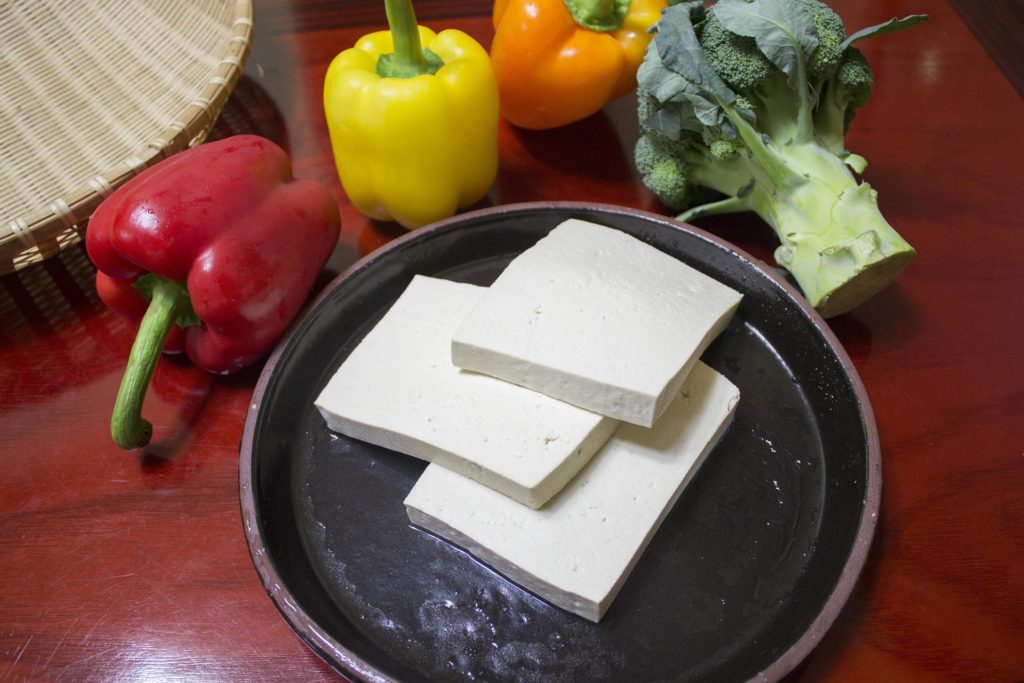
Protein, the second largest component of the body after water, is a high molecular weight organic substance made by combining a large number of amino acids. As the main component of various organs, hormones and enzymes, it plays an essential role as a catalyst for various chemical reactions in cells. It plays a pivotal role in the immune system against external invasions such as the formation of muscles and collagen, which maintains the elasticity of the skin, as well as against external invasions such as bacteria and viruses. It can be said that it plays an essential role in the smooth growth and development of adolescence. When the protein that plays such an important role is deficient in the body, various types of abnormal symptoms such as decreased muscle and skeletal function, decreased immune function, and anemia may occur. In particular, a lack of protein intake in the elderly, whose metabolism is lowered, can lead to the development of sarcopenia, which causes a decrease in muscle function. Therefore, it can be said that it is very important for health management to consume an adequate amount of protein regularly. Protein is contained in a large amount in meat such as beef and pork and various seafood, and it is also included in various foods in the form of plants. Plant protein has the advantage of reducing cholesterol and fat accumulation due to excessive consumption of animal protein. So today, let’s take a look at some of the foods rich in plant protein.
Foods rich in plant protein
1. legumes
Soybeans are the first representative food group that is rich in plant protein. Soybeans, which are divided into various types, contain a large amount of vegetable protein, and in particular, lentils and chickpeas are known to have more protein content. The reason soybeans are nicknamed “field beef” is because of their rich plant protein content. In addition, it is known to have excellent effects on maintaining the function of the body’s immune system and vascular health through the complex action of essential nutrients such as various vitamins, minerals, and dietary fiber contained in soybeans in a balanced way.
2. Tofu
Tofu, a representative processed food made from soybeans, is also said to be rich in high-quality plant protein. Tofu is a manufacturing process that extracts the protein contained in the soybean and solidifies it with inorganic salts. About 85g of tofu contains about 9g of vegetable protein. Tofu is also recognized for its nutritional excellence as it contains abundant minerals necessary for smooth metabolism, such as magnesium, calcium, and iron.
3. Walnuts
Walnuts, one of the representative foods of nuts, are said to contain high-quality protein. It has an excellent effect as an efficient source of alleviating abnormal symptoms caused by insufficient protein intake due to its abundant protein content. In addition, walnuts contain abundant amounts of omega-3 fatty acids as well as protein, which is excellent for lowering cholesterol levels and maintaining a healthy heart. In addition, it has the effect of preventing the destruction of brain nerve cells and smoothing the blood flow in the brain, so it is known to have an excellent effect in the prevention of cerebrovascular diseases.
4. Oats
Oats, one of the top 10 superfoods in the world selected by Time magazine, are also high in plant protein. Oats contain twice as much vegetable protein as normal white rice, and as a basic component of protein, essential amino acids necessary for body synthesis are abundant. In addition, oats contain a high content of beta-glucan, a type of polysaccharide, which helps control cholesterol and blood sugar, and is known to have beneficial effects in preventing various adult diseases by activating the function of oats.
5. Quinoa
Quinoa, which has been spotlighted as an excellent superfood, is a high-protein grain that contains twice as much protein as rice. In addition, it acts as a promoter for protein synthesis and is recognized as an excellent source of plant protein as it contains 8 essential amino acids necessary for both children and adults. In addition, it is rich in dietary fiber, potassium, calcium, and B vitamins, so it can be said to be a grain that can provide various health benefits such as digestion, constipation prevention, and weight control.
other foods
In addition to the various foods mentioned above, nuts such as almonds and pistachios also contain high-quality protein and are known to be abundant in seeds such as pumpkin seeds and sunflower seeds. Other foods such as potatoes, peanuts, mushrooms, broccoli, cabbage, and arugula belong to the food group high in plant protein, so it is recommended to eat them in a balanced way. How to eat healthy protein
Vegetable protein can prevent the side effects of intake of saturated fatty acids and cholesterol caused by animal protein intake, so it has advantages such as weight control and prevention of adult diseases. Plant protein has a low absorption rate, so you have to consume a lot of it, and this is because you cannot supplement all the essential amino acids required for protein synthesis. Therefore, for efficient protein supply and smooth synthesis of protein in the body, it is recommended to consume a mixture of plant and animal sources, and it is recommended to consume in a ratio of 2 to 1. And it is important for overweight or obese people to increase the proportion of plant protein even more, and for the elderly, it is important to consume enough animal protein for an efficient protein supply.











